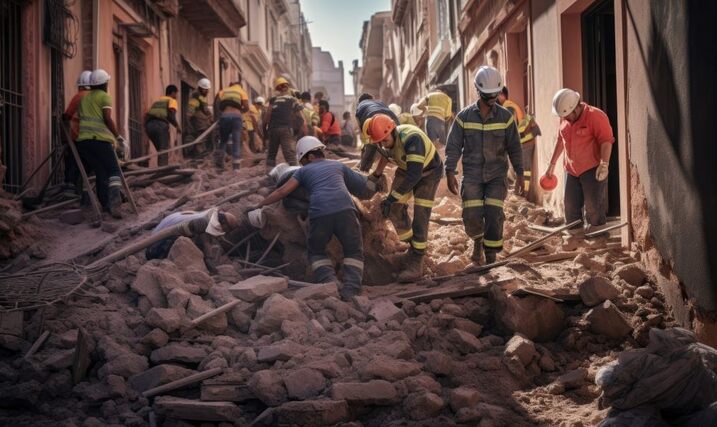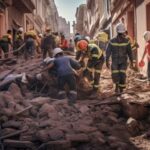When earthquakes, floods, wildfires, and hurricanes threaten communities, resilience saves lives. Being truly prepared requires comprehensive planning before disaster strikes. In this article, we will look at various measures that communities can undertake now to ready themselves for natural catastrophes should they occur.
Upgrading Infrastructure to Withstand Worst-Case Scenarios
Imagine fierce winds ripping off rooftops, or storm surges flooding coastal towns. Such extreme forces test the very structures meant to protect us. Yet deliberately ‘over-engineering’ new buildings can prevent collapse. For example, updating codes to require hurricane metal strapping not just on roofs but on all exterior walls provides crucial reinforcement against wind damage. The good folk over at Brother’s Brother Foundation say that installing deep pilings secures foundations against liquefaction during major earthquakes – such resilience measures protect critical buildings to enable them to later serve as coordination hubs for post-disaster earthquake relief and recovery efforts.
Expanding Green Spaces to Control Flood and Fire Risks
America’s sprawling metro regions have covered too much natural land with concrete. Paving over floodplains has eliminated wetlands and green spaces which previously absorbed excess rainfall. Containing suburban growth and ‘rewilding’ parks or golf courses provides breathing room for swollen waterways. Moreover, uncontrolled development in fire-prone wilderness areas must be reassessed. Clearing dense, dried brush and creating fire breaks will also reduce risks substantially. In an age of climate change, communities should evaluate zoning plans through the lens of intensifying environmental threats.
Strengthening Early Warning Systems and Evacuation Readiness
Even if infrastructure fails, resilient communication systems can mitigate the impact of natural disasters. Expanding sensor networks tracking hurricanes offshore provides earlier alerts for evacuation. And combining seismic monitors with artificial intelligence predicts earthquake intensity and locations faster, triggering public warnings via sirens and mobile phones. Most critically, such warning tools are useless unless officials have scripted plans and route capacity estimating realistic evacuation timelines. Annual community drills involving both first responders and families should confirm that such systems work before catastrophe strikes.
Stockpiling Emergency Equipment and Training Volunteer Networks
In major disasters, the first 72 hours are crucial for search and rescue efforts. Yet devastated areas often face severe shortages until outside aid arrives. Stockpiling vital supplies locally – like medical tents, generators for charging rescue tools, debris clearance equipment or temporary shelter materials – allows immediate response without waiting for state or federal assistance. Equally vital are networks of trained medical reserve corps and community emergency response teams. Such volunteers augment professional crews with crucial human resources for logistics, first aid, damage assessment and operating shelters to assist survivors. Developing these capabilities proactively builds both supplies and skills to rapidly aid hard-hit areas.
Promoting Social Cohesion to Unify and Support At-Risk Community Members
When calamities strike, panicked self-interest often leads to social fracture. Yet research shows that cooperative communities with strong internal trust and cohesion rebound faster after disasters. Promoting neighborhood associations and community building activities well beforehand nurtures critical social foundations. As well as this, local resilience plans must specifically address populations made more vulnerable by poverty, healthcare needs or isolation. Building registries of elderly, disabled or houseless residents facilitates targeted assistance for those most likely to suffer disproportionately when infrastructure fails.
Conclusion
Ultimately, disasters will continue testing communities globally as climate change accelerates. But resilience stems not from any individual preparedness measure alone – rather from strengthened systems spanning physical infrastructure, emergency response capabilities and social collaborations. With upcoming risks at historic heights, the time for proactive public and private investments that build comprehensive collective resilience is now. The alternative, overwhelmed response, promises only greater tragedy as more extreme weather unfolds.







